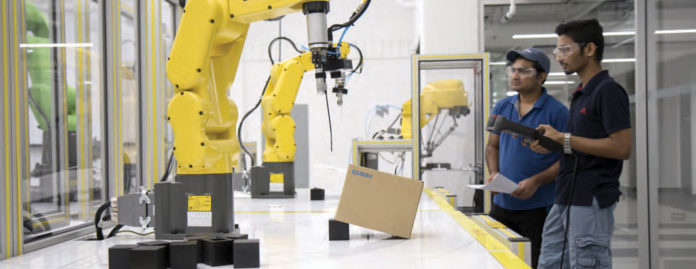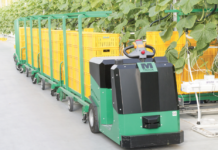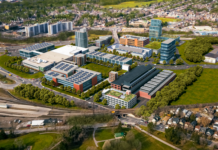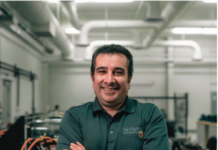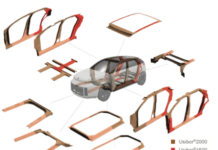Mohawk College has been training job-ready skilled workers for the crucial manufacturing sector in southern Ontario for 50 years.
Industry has seen massive transformations and the pace of change is only exponentially accelerating, says Dean of Engineering Technology David Santi.
Mohawk is now so attuned to what’s happening that it is gearing up curriculum shifts in advance of changes coming to the shop floor, he says. That results in being able to deliver graduates who are consistently job-ready.
“That is important because the window is small. Many times it’s a vertical take-off. There was a longer runway to prepare for the pace of technological change in the past. It’s coming so fast now that agility is paramount.”
Mohawk is a leader in engineering technology education and the largest trainer of apprentices in Ontario. This year, the College will graduate close to 1,000 students in engineering technology. A majority will go into an advanced manufacturing environment, says George Miltenburg, Associate Dean of Engineering Technology.
Mohawk is also the platform for retraining and skills upgrades for the existing labour force in an advanced manufacturing sector dependent on continuous lifelong learning.
Mohawk’s mission to make its students job-ready means “we are constantly examining what makes a graduate most attractive to an employer; what makes them stand out,” said Santi.
Students are trained on the latest equipment and processes in Mohawk’s cutting-edge technology labs, including additive manufacturing and robotics. The College has partnered with suppliers of advanced manufacturing technology and equipment that power factories all over the world.
“In southern Ontario, advanced manufacturing has a pressing need to improve productivity, quality and delivery times. In order to do that, we need to apply different ways of thinking,” said Santi.
That requires employing machine learning and sophisticated data intelligence to strive for constant improvement. Technology allows for constant, real-time information in performance dashboards that can be quickly analyzed to make immediate adjustments to maximize efficiency.
That may mean something as simple as predicting the failure of a pump and repairing it before it causes a costly shutdown of a production line, says Santi. Multiply that by the thousands of components in a factory setting and the complexity and importance of data collection is crystal clear.
“Where Mohawk comes in is that medium to smaller companies can use the College as a learning lab to understand industrial processes and equipment, and help with diagnostics and testing and redesigns to improve efficiencies and competitiveness,” said Santi.
The College is in the process of building a mini factory that will virtually link six to eight labs to simulate the departments in a factory setting. Data will be collected in the cloud and presented on performance dashboards to recreate the daily operations of a manufacturing facility.
“We have industrial partners, major multinationals on board, who are eager to get it off the ground,” said Miltenburg. “It’s an opportunity to showcase their latest equipment in an industrial setting. Mohawk becomes their showroom for local manufacturers.”
Santi and Miltenburg know of no other educational institution doing anything like it.
Leading the partnerships are Siemens and FANUC, both giants in industrial automation, and Cisco, a leader in information networks. Students can earn certifications embedded in the curriculum and graduates are prepared to write external exams to earn industrial certificates.
That allows graduates to immediately work in any plants using those platforms, while ensuring Mohawk is always meeting rapidly evolving standards of industry, says Miltenburg.
“At one time, we had years to make shifts” said Santi. “It’s now sometimes happening in months.”
Read the full Perspective Hamilton 2017 feature here.


